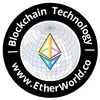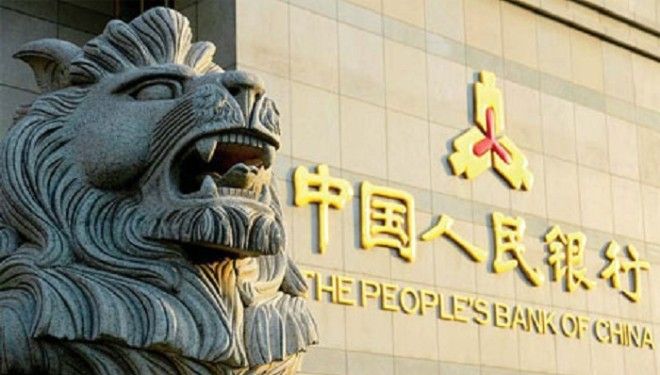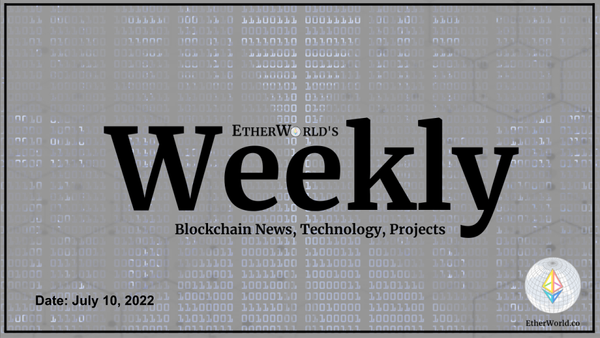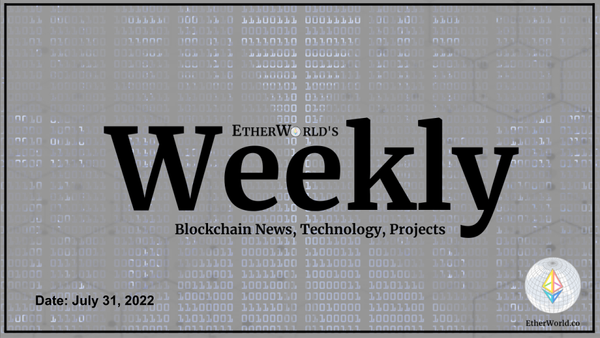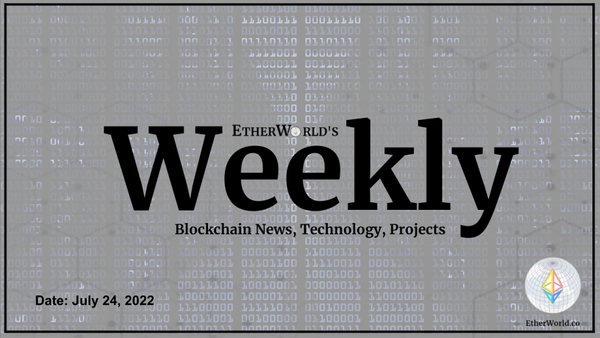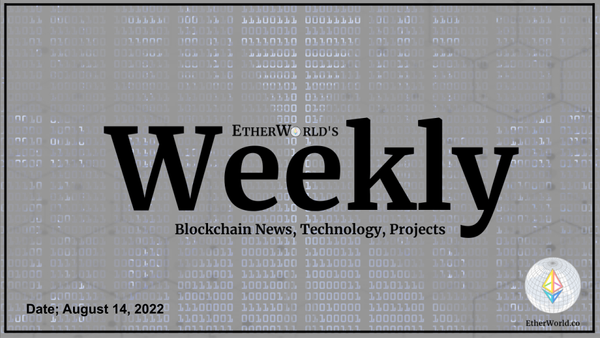China is one of the leading countries in accepting and implementing the Blockchain Technology, but it wasn't like this always. Long back, China's central bank had warned the country's Bitcoin exchanges against margin trading and money laundering as reported by the local news.
Today, The People’s Bank of China (PBOC) officially announced the set-up of a FinTech committee . According to the unofficial translation of the release made on May 15, 2017 from the central Bank of China, “Recently, the People's Bank of China set up a financial technology (FinTech) committee, aimed at strengthening the financial and scientific research work planning and coordination.“
FinTech is a technology-driven financial innovation, for the financial development. The People's Bank of China will organize an in-depth study on the impact of financial and technological development on monetary policy, financial market, financial stability and payment and settlement, and will do the strategic planning and policy guidance for China's financial and technological development.
The People's Bank of China is willing to join hands with the parties to work together to promote the healthy and orderly development of China's financial technology, and to serve the real economy.
PBOC and Digital Currency
The People's Bank of China (PBOC) attaches great importance to the development of monetary policy, new opportunities and challenges of digital money. According to a press release, in 2014, the PBOC set up a special research team, and in early 2015 to further enrich the power of the digital currency issuance and business operation framework, the key technology of digital money, digital currency distribution environment, digital currency
In a seminar held on January 20, 2016 at Beijing on digital currency, the digital money research experts from People's Bank of China, Citibank and Deloitte discussed the overall framework of digital currency issuance, the national digital currency in currency evolution, and the encrypted currency issued by the state.
The meeting pointed out that with the development of information technology and the evolution of technologies such as mobile Internet, trusted and controllable cloud computing, terminal secure storage and block chain, the global payment method has undergone tremendous changes. The development of digital money is Banks' currency issuance and monetary policy bring new opportunities and challenges.
The meeting believed that in China's the issuance of digital money can reduce the high cost of traditional paper issuance and circulation. It enhances the convenience and transparency of economic transactions, reduce money laundering and evasion of tax evasion, and enhance the central bank's control over money supply and currency circulation.
Later that month ,the PBOC announced that it will make the necessary moves to work toward issuing a digital currency, as soon as possible. A ‘special’ research team put together by the PBOC was set up as early as 2014 to conduct research and look into all possible regulatory frameworks for the issuance of a nationwide digital currency and the impact it may have on the economy.
In the promotion of digital currency research, the People's Bank of China has established communication links with relevant international organizations and Internet enterprises, and has conducted extensive discussions with relevant financial institutions and traditional card companies at home and abroad.
For more updates, technical blogs and general discussion on Blockchain Technology, Subscribe for weekly newsletter and follow us at Twitter, Facebook, Google+ and Medium. You can also reach us at contact@etherworld.co.

